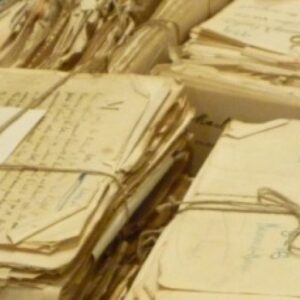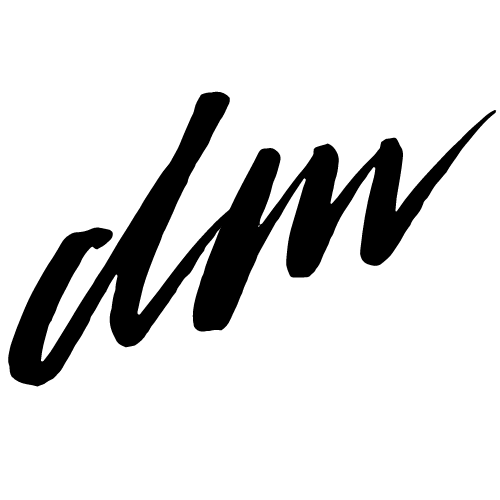
“Crowdsourcing’s limits are determined by people’s passion and imagination, which is to say, there aren’t any limits at all.” Jeff Howe
Enhancing online collections and engaging the wider community
Widespread digitisation of cultural heritage collections has enhanced basic access, but the ability to search and use online collections is often limited. Consequently, an increasing number of cultural heritage institutions and academic researchers are crowdsourcing to enhance online collections, and engage the wider community.
The potential benefits of crowdsourcing cultural heritage are significant, but it presents several challenges for crowdsourcers.
Supporting volunteer participation and data quality
It’s widely acknowledged that website design and content influences the recruitment, retention, and contribution of an online crowd. However, websites for crowdsourcing cultural heritage can be complex to design and expensive to create, and many project teams are challenged by limited time, resources, expertise and design guidance.
Practitioners and researchers have called for a better understanding of design best practice, and toolkits and evaluation techniques to support it. This design toolkit was the product of PhD research undertaken at Victoria University of Wellington (2013-2016).
